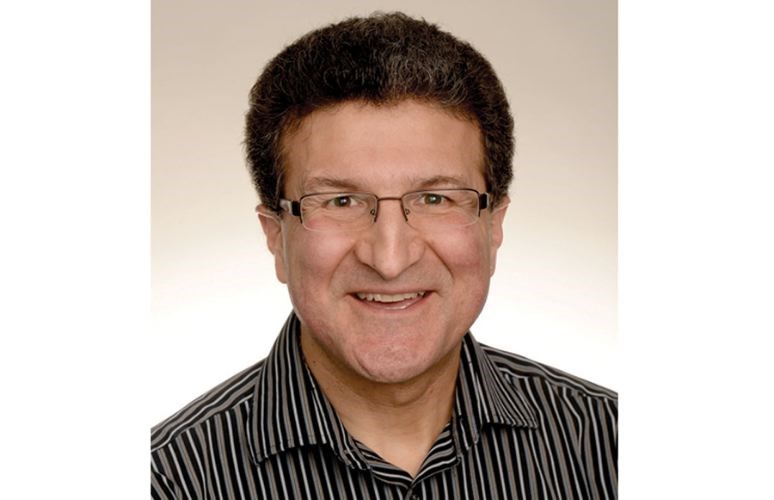I was recently given the privilege of playing Santa Claus at a skating party.
As I donned the red costume, white hair and beard, I was transformed. I took a bag of candy canes out onto the ice, and with a merry "Ho! Ho! Ho!" began handing out treats to children and their parents.
It was a rapturous experience.
I was no longer Gerry Chidiac, I was Saint Nicholas giving a simple gift to others that was not really mine, but was mine to share.
This experience made me aware that there is much more to the popularity of Saint Nicholas than simply getting presents.
Who was Saint Nicholas, and why is he so revered even more than one and a half millennium after his death?
There is little that we know for sure about Nicholas, other than the fact that he was the bishop of Myra, in what is modern day Turkey, around the year 300.
Legend has it that he was born into a wealthy family and saw his riches as a gift to be shared with others.
At a time when having no wedding dowry meant a life a slavery to a young woman, Nicholas secretly put gold in the shoes (or maybe the socks) of poor young women during the night so that they could be married.
There are many more stories of Nicholas doing good for others. He is said to have protected children from villains, and to have saved sailors from dying at sea.
We do know that Nicholas lived at a time when it was against the law to be a Christian and that being a leader in the church could result in imprisonment. This is what happened to Nicholas.
Fortunately, Constantine became the new Roman emperor, made Christianity legal and released Christians like Nicholas from prison. He lived out the rest of his life in freedom, and stories of his goodness continued to spread.
After his death he continued to be revered, and he became a popular saint far beyond his homeland. Today there are churches and shrines that bear his name all over the world, including Russia, Italy, France, Germany and the Netherlands, to name a few. His traditional feast day is Dec. 6.
The name Saint Nicholas is different in each language. When Dutch immigrants came to North America, they called him Sinterklaas, which evolved into the name Santa Claus. The celebration of his feast day eventually melded into Christmas traditions, thus the modern legend of Santa Claus.
By developing and understanding of where Santa Claus comes from, we can see that his popularity goes far beyond stories of the North Pole and reindeer.
Saint Nicholas is all about embracing the gifts that we have been given, gifts that are not really ours, but are ours to share with a generous heart.
It is said that Nicholas shared his great financial wealth.
Each of us has some form of wealth to give to others to make their lives infinitely better.
We each have something that we can quietly, even secretly share, expecting nothing in return.
When we do so, we too experience the rapture of being Santa Claus and the richness of an abundant life.



